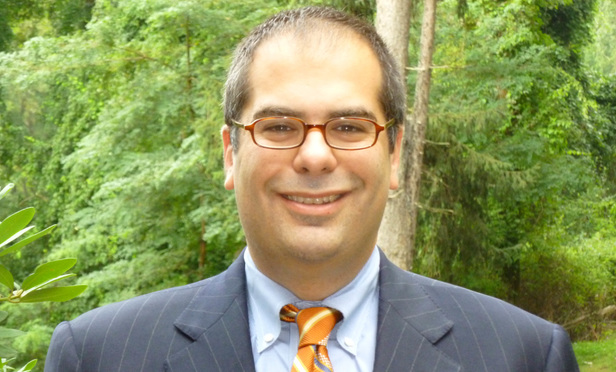Until little more than a year ago, only 16 jurisdictions in the United States permitted same-gender marriage. In June 2013, the U.S. Supreme Court rendered its opinion in United States v. Windsor, striking down as unconstitutional a key provision of the Defense of Marriage Act which prohibited the federal government from recognizing same-gender marriages.1 Using the Windsor decision as their road map, federal and state courts across the country began to eviscerate statutes and state constitutional amendments prohibiting same-gender marriage. Presently, 35 states in this country (and the District of Columbia) permit same-gender marriage, and another 11 trial court decisions on this issue are the subject of pending appeals.
On Jan. 16, the U.S. Supreme Court granted certiorari on four decisions from the U.S. Court of Appeals for the Sixth Circuit which, splitting from all other post-Windsor determinations by other circuit courts, found states’ bans on same-gender marriage to be constitutional. Thus, by this summer, same-gender marriage may be the law of the entire country.
Notwithstanding the Windsor decision and New York State’s passage of the Marriage Equality Act, same-gender married couples with children in New York face daunting challenges when their marriages end.



